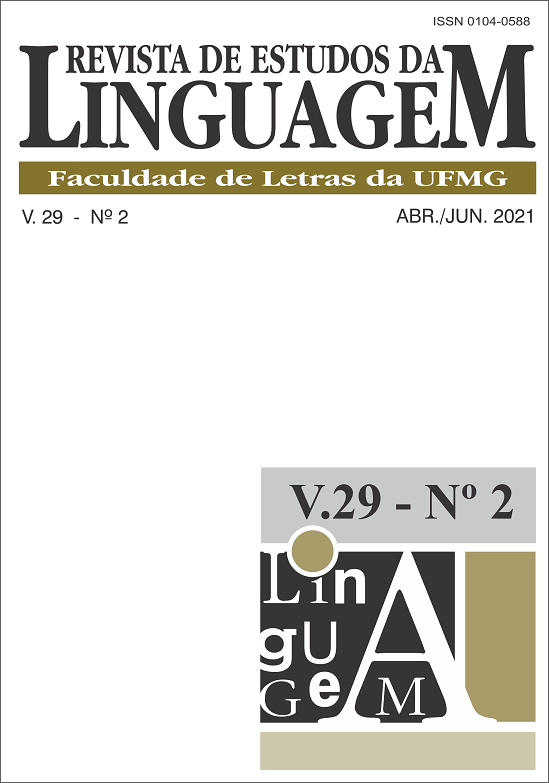O uso de pronomes pessoais em comunicações aeronáuticas
uma análise através do CORPAC (Corpus of Pilot and Air Traffic Controller Communications)
DOI:
https://doi.org/10.17851/2237-2083.29.2.1415-1442Palavras-chave:
comunicação aeronáutica, pronomes pessoais, linguística de corpusResumo
Este artigo tem como objetivo analisar o uso de pronomes pessoais na comunicação aeronáutica a partir do CORPAC, um corpus especializado. Pronomes podem desempenhar um papel de destaque em cenários comunicativos multitarefa, tais como observados na aviação. Nesse sentido, faz-se importante que as identidades sejam claramente definidas nas operações. À luz do estudo de Neville (2004) sobre identidades no cockpit, esta investigação aborda a frequência e os padrões de uso de pronomes pessoais – especialmente “I”, “we” e “you”, por meio do uso de ferramentas linguísticas de corpus. A exploração do corpus fornece evidências de que tais pronomes são de fato usados com muita frequência, apesar de orientações oficiais que não recomendam seu uso, a fim de evitar problemas como a ambiguidade. A análise revela padrões consistentes e interpretáveis associados às suposições de Neville (2004) e tem implicações significativas para fins de treinamento e teste na área de Inglês Aeronáutico.





